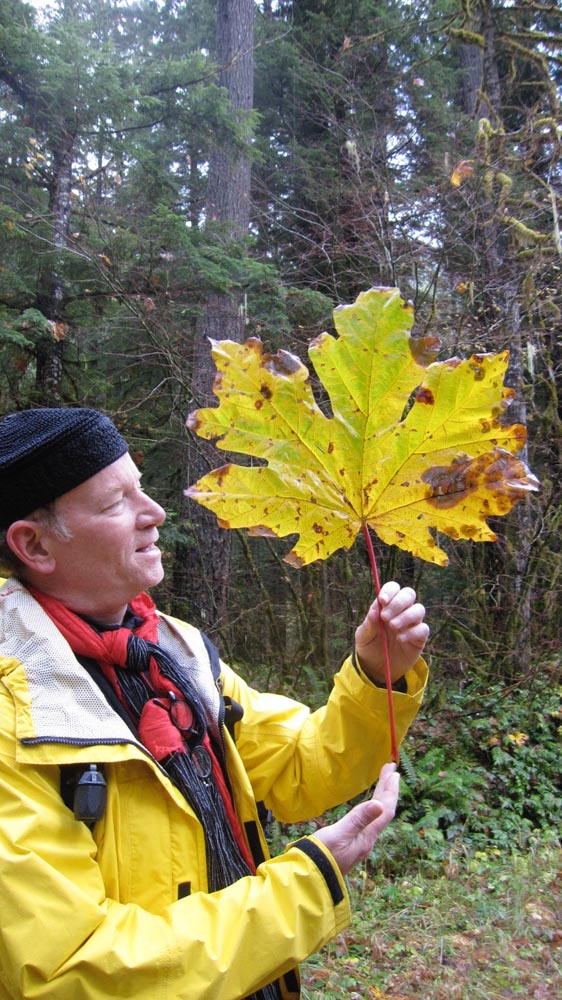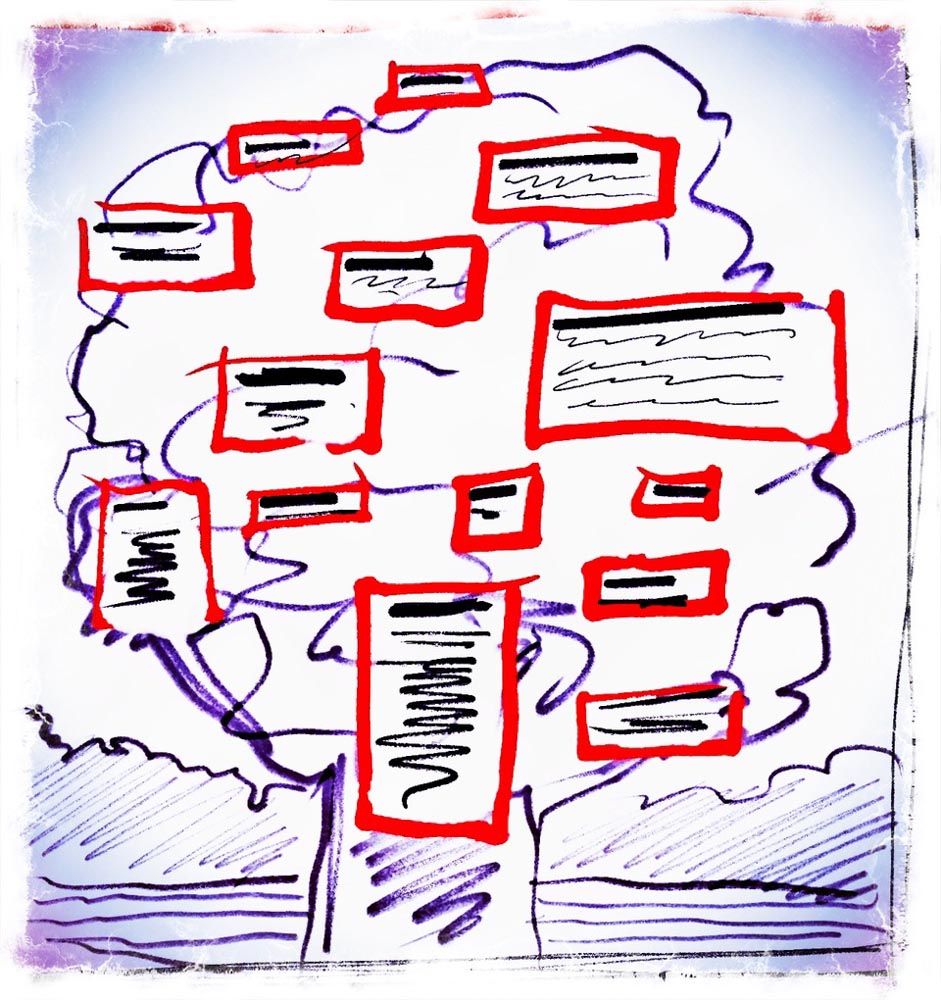
The symbolism of the forest as a figural message cartography. To each of us, there is a moment in our reflections on our work that emerges as a contemplation. And in this instance, it’s a meditation of the tree as a tool to organize a communications mapping of marketing messages and structures.
I spend a lot of time in the woods—in and around trees—it’s not just sitka, but madrona, ponderosa, coastal junipers, redwoods and the deciduous. Every tree, of course,
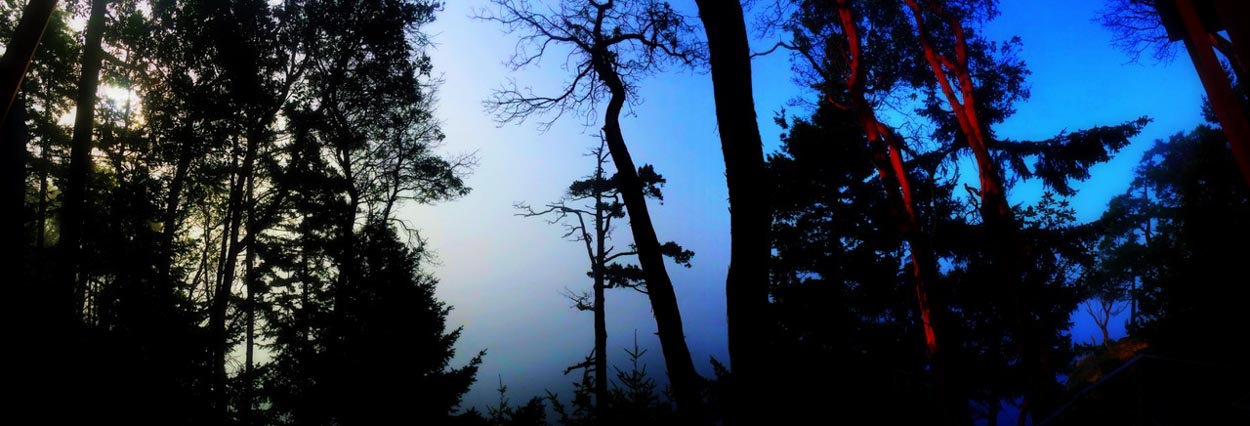
Anyone that knows the forest, grasps the extraordinary interconnectedness of its ecosystems.
Just in the most basic envisioning of the character of how trees work—moisture and their root system in an outreach to sources of water, the layers of the cambium in their trunks and branches, the circulatory movement of nutrients from soil into the cellular pathways of the trees, finally expressed in their outward breath—the exhalation of transpiration.
In our work with Paul Stamets, fungi.com—the deep forest brand expressions of the mycological culture, the fungal perfection of another tier in forest messaging, the mycelial reaches of one mushroom system to another, along with the trees and their electro-chemical communications networks. In thinking about the enterprise, and our work—we think symbolically, looking for threads of depth beneath any activity. There is the work, and there is the meaning of the work.
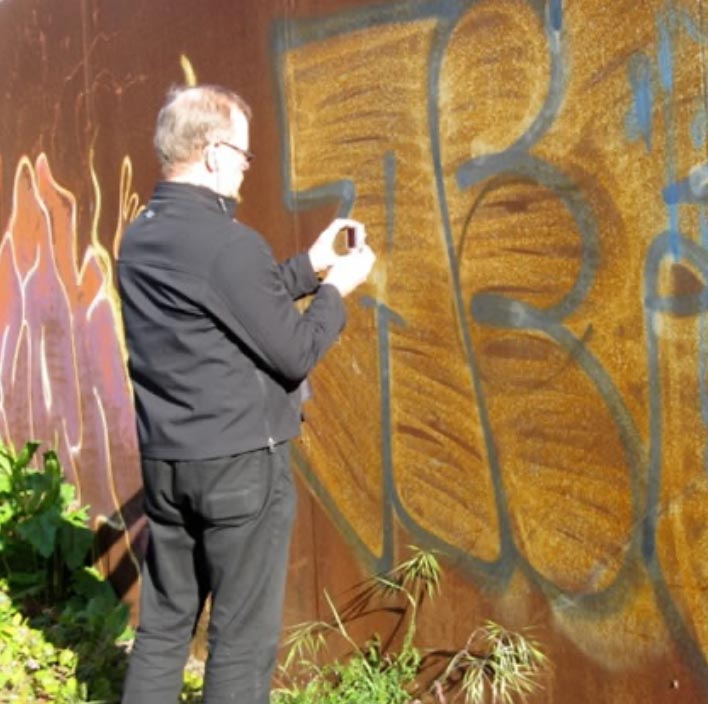
We spend a lot of time studying people—watching them, listening to them and studying them in use contexts wrapped around brands. In a store, I like to talk to people as they’re trying to make decisions about a brand grouping—
I present as:
“I’m confused—not certain what to choose?What do you use? What recommendations can you offer? What makes a good ‘–––’ to your review.”
Men, women, young adults, medians, elders. It’s informal, but—as a thinking strategist, it’s helpful. Almost ethnographic, a retail anthropology. This type of interception can be helpful in examinations on shelf presence, packaging, retail array, targeting and bullseye arrangements. I’m sure that you’re a retail savant, a merchandising safari journeyer—looking, asking, studying, exploring. I’m sure you’re all eyes, touch, hearing and sensing—walking stores and their stories.
To know anything about the business of branding, it’s crucial to be thinking, what for, for whom, why, what need, what relationship, which community?
Going deeper, we look at how people use things, bring brands into their homes, use them on the road, how they share, where they put things? These interceptions and observations are represented in hundreds of hours of focus groups, brand presentation sessions, store interceptions and onsite consumer reviews—and these are carried out, live or virtually, all over the world.
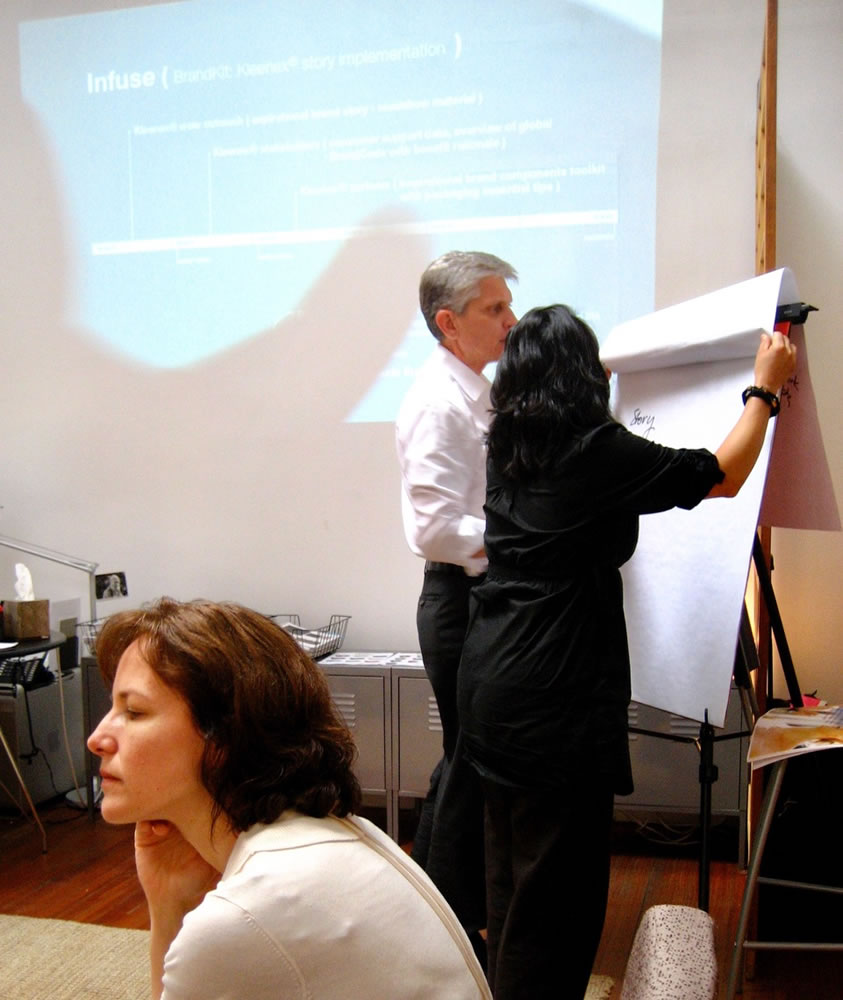
Getting out there on the road, or online studies and investigations, meeting people, as we are looking at brand relationships, there are studies involving 100s of people. These crowds populate the circumference of both the brand teams, the geography—their place in the world, culturally and locationally, as well as the audiences we’re studying.
Symbolically, a tree gathers nutrients from its holistic environment—it speaks, and is spoken to, by its community. And metaphorically, there is a tree among the trees; and allegorically, “I find a forest, but
am I close enough to the tree?”
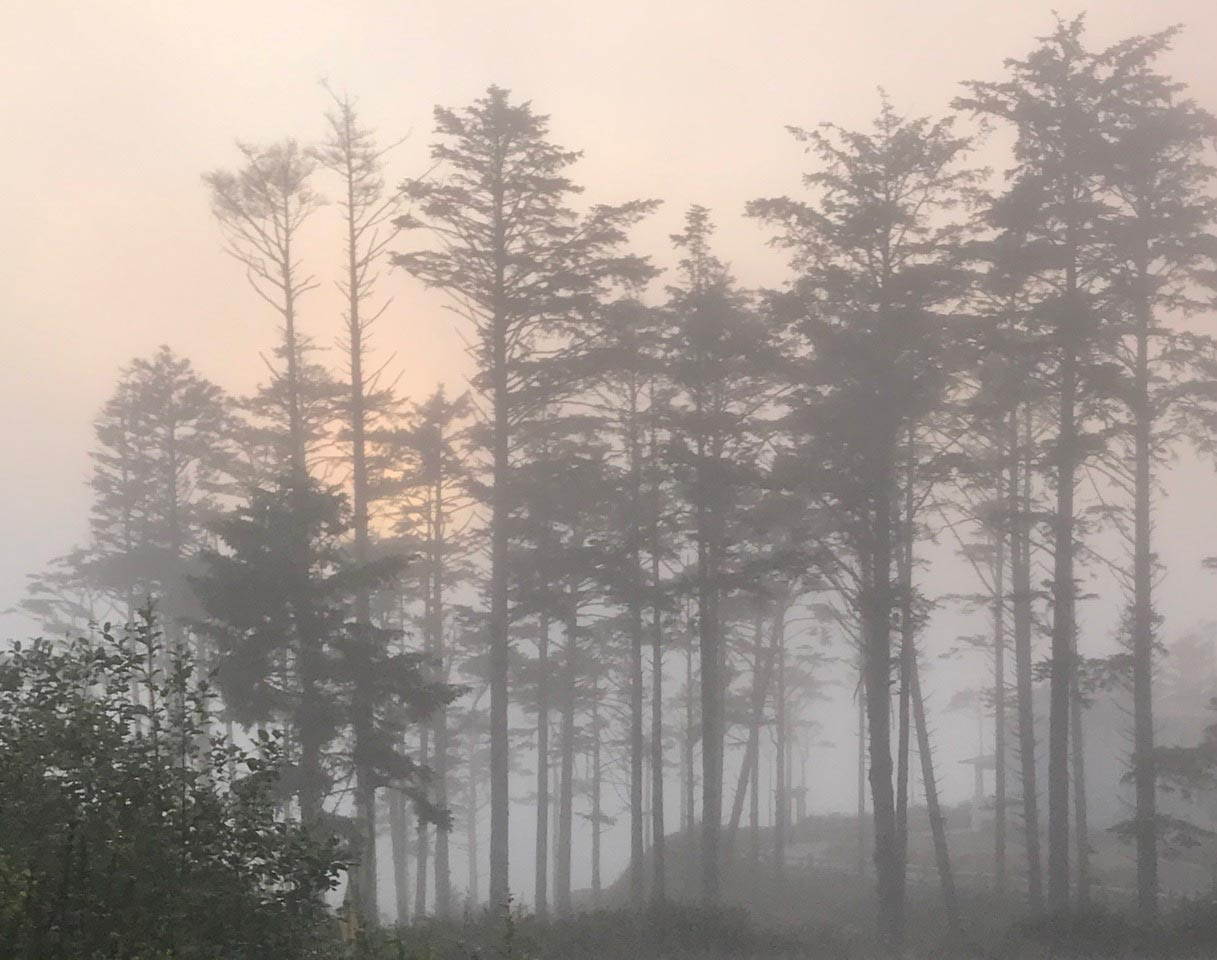
As you walk the forest—or, in this allegory, the brand, this human enterprise, it might be the character of the forest—but what of the personalities of the individual trees. Roughly noted, in walking with some—
“it’s a bunch of trees.”
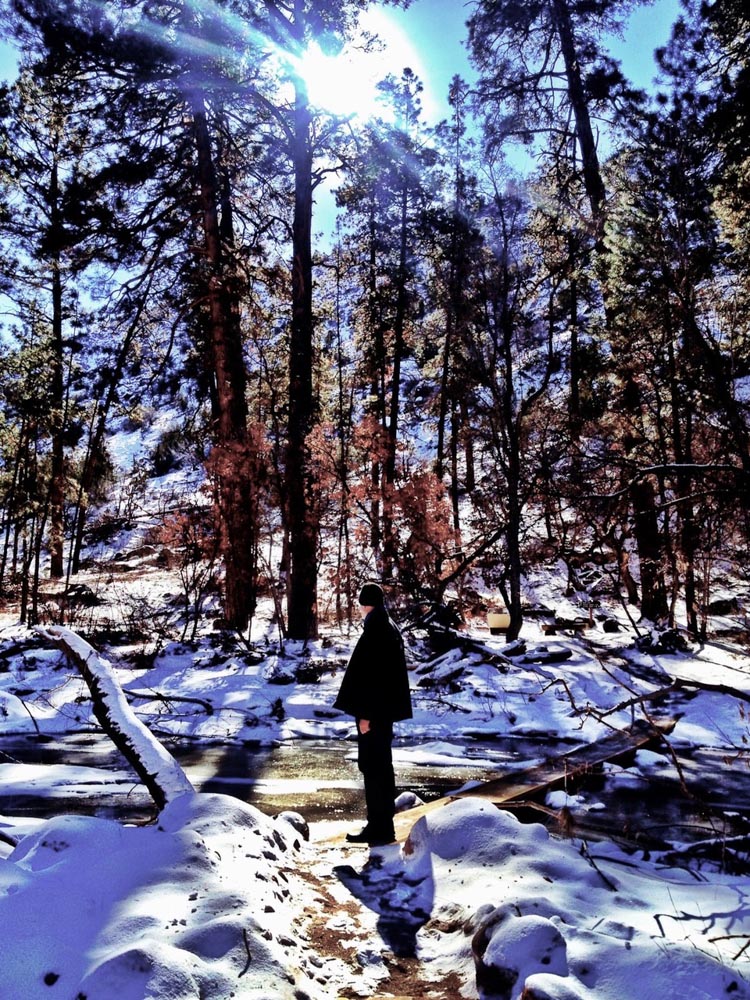
But if you know,
you know.
But a forest survives, as well as an audience and community, in a tiering of relationships—for each has their own way of carrying away a brand, their story—and so too do the trees establish its relationship to the earth, the sunlight, the wind and rain in its own precise best-scenario for itself. And, as we now know, that trees would be linked to others, the mycelial storytelling and root-based relationships.
So too the messaging of community, social expressions, digital nutrients—the water of roots, trunks, branches and leaves.
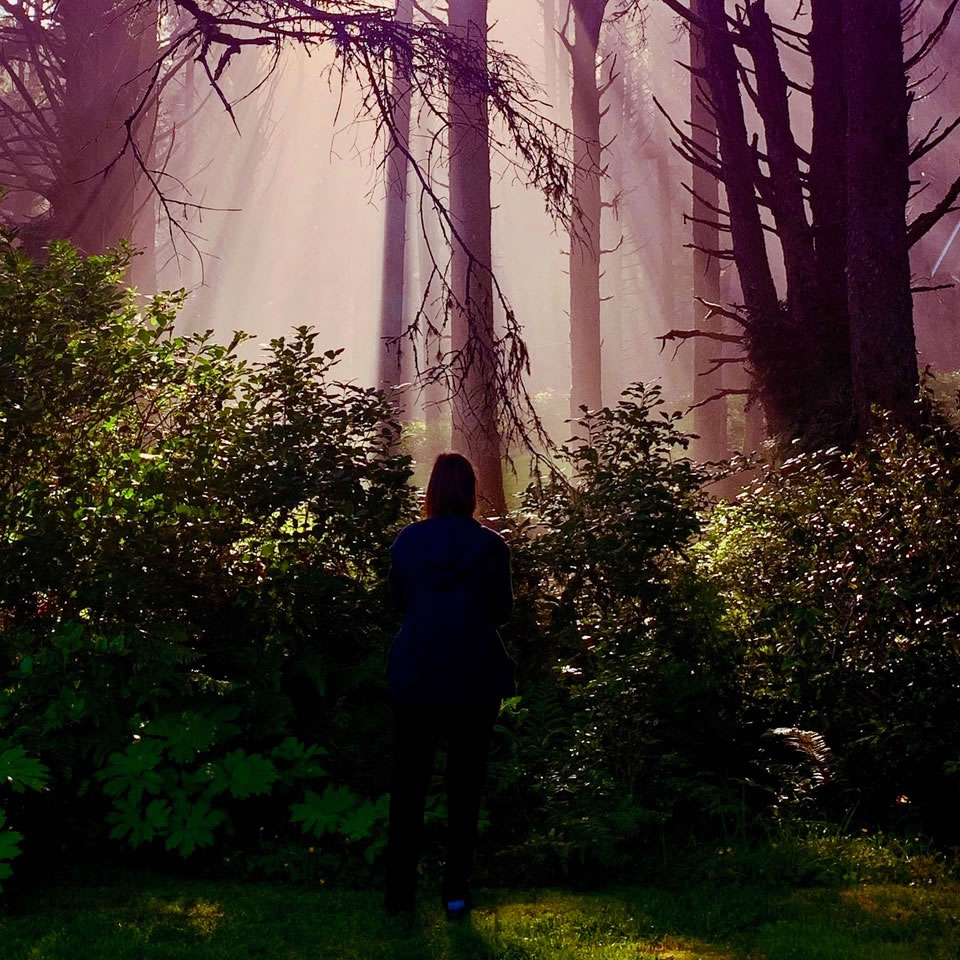
Out on the coast, amongst the Sitka, I was walking in a young forest of 90 years old. Walking in that forest, I was studying the trees, and recalling some influential poetic meditations on the nature of a forest as
a collaborative self-feeding ecosystem.

Trees lay their raiment of place-making, and they are self-made in the optimization of the rightfully tree-engineered soils, moisture management conditions, sunlight searching and photosynthetic strategies and foliage-light-arrays, for them. They create their own space and they make their own place.
We’re lucky enough to wander amongst them, explore and savor their storytelling—trees narrate the entry to astonishingly powerful places, as a vaulting corridor, they point the way. And, in the modeling of the message, they reach out, tiering content—from the roots, the trunks, soaring to the uppermost canopies.
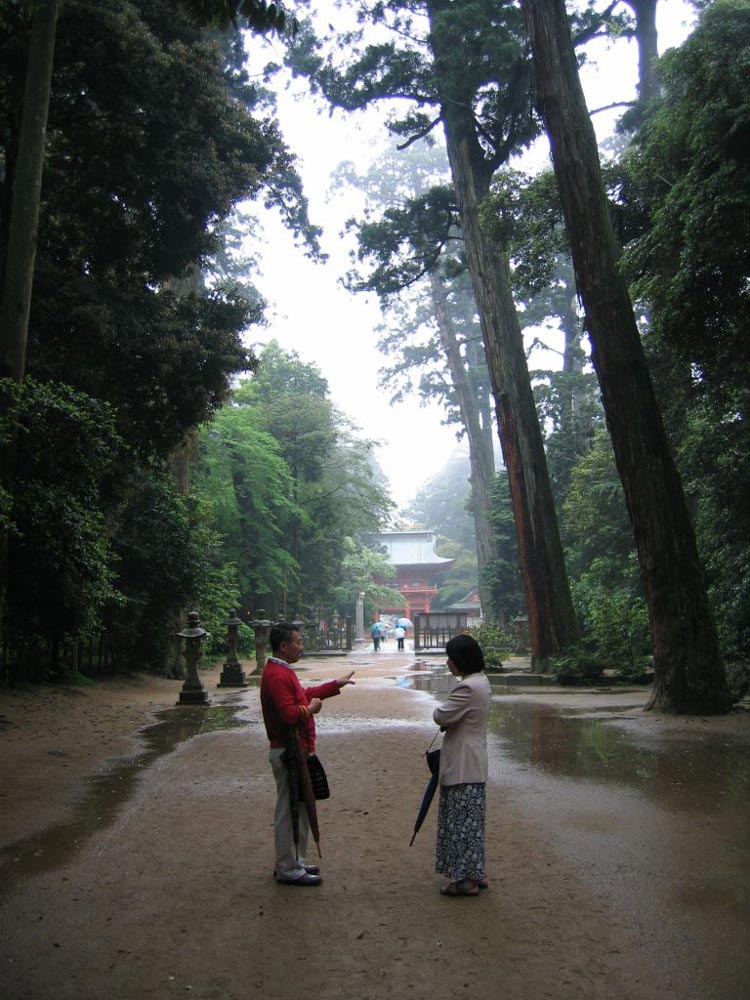
Rains arrive in rolling channels from the ocean, and the rain drops in the quietude [except for the far roar of the sea] of the forest [no raindrops reached the forest floor.]
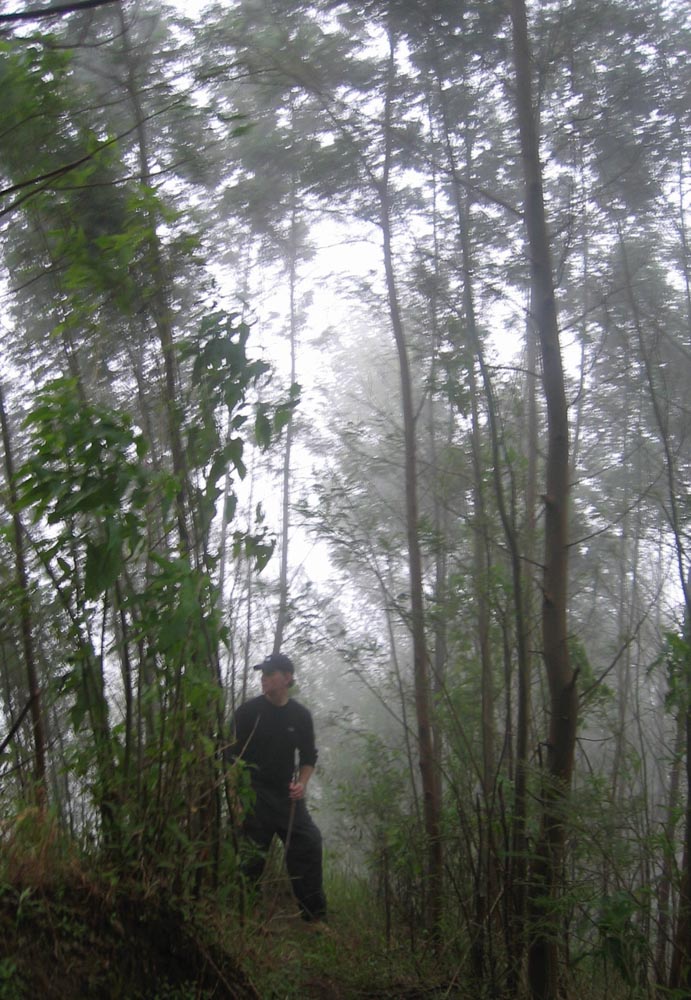
The rain finds its way earthward in the trees channeling the bark, wet runnels—water slowly coursing the rough canyoning of the bark’s surface texture and saved in slowness, gradually seeps into the soil—the trunk makes it so—
the long-line of its skyward stance, draws
it down like a funnel.
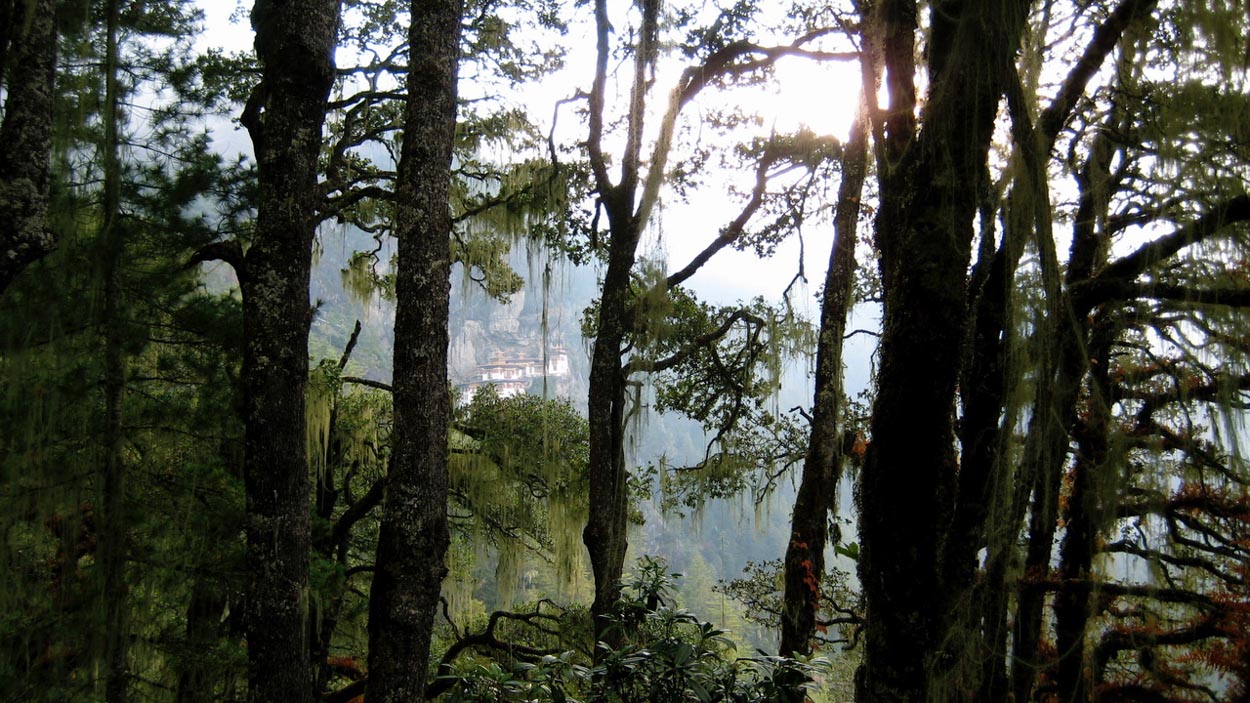
Looking cloud-ward from the earthbound stance of the forest, you can see the sun—but what you might also note is the fulfillment of the shadowed world—trees create their own light-trapping interlacement—they reach out to hold all they can. To us below, it is darkened in mystery and lightless-ness.
I study—each tree has its own story to tell—how it will create its own misted transpiration—a breathing-through the community of its forest members, moisture and gaseous exchanges roiling in the quiet corridors of old green wisdom.
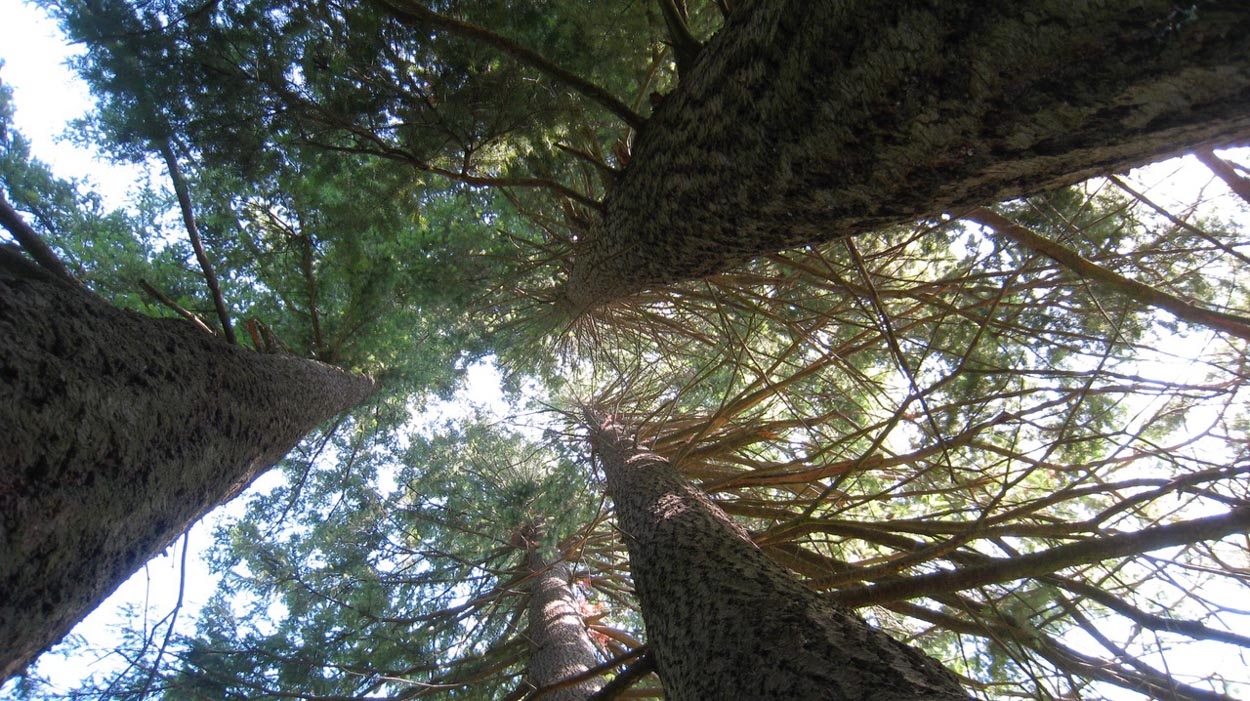
But what of the allegory of messaging?
We think about messaging as a narrative structuring that comes from the roots, the nutrients of the community and its own surroundings—and the stories that this offers. But any tree—and its messaging communication is not only what exists in the ecosystem from without—
and that which lies within.
So you can think about the storytelling of the enterprise, that could lie in:
the roots of your messaging tree,
and: in that trunk—
the strength of values and stance,
into the leaf-works of
personality,
characteristics and attributes,
reasons to believe—
and the top of the tree’s crown—
signature, archetype, positioning, and summary overarching messaging strategy.
Of course, this is symbolical.
As we all know, the trees are different, and the forest is a community of relationships—and so too the telling of each story—hardwood and soft, deciduous and coniferous, newly sprung or decades old.
What you see is that they’re all trees, they’re all in the same grove, but they’re different.
In the walk of relationships, the circling of community, the circumspect study of people, teams, demographies and categories—to each, we know:
they are different.
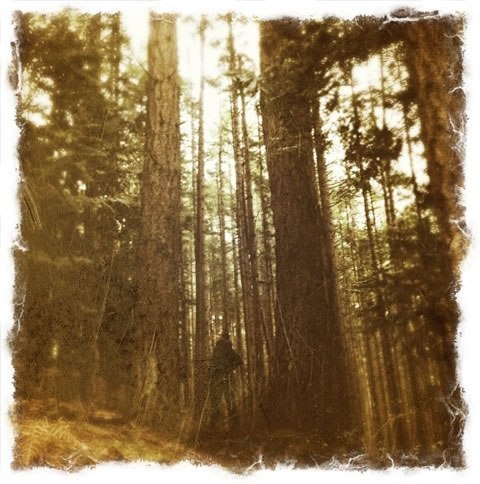
In our experience, we gather and build committed communities of relationships—carriers of stories that they hold about the brand. It’s their brand, their story—they hold and carry it on to others.
As in our arboreal artistic brand design thinking—abstractly sketched at the header of this essay—in the fluency of flowing storytelling, gathering them together, we can talk to them, work with them, and recognize their differences in the minutiae of how they tell the story of their lives, and the turning circle of their relationships to each other, and how, finally, they relate, they carry, the brand.
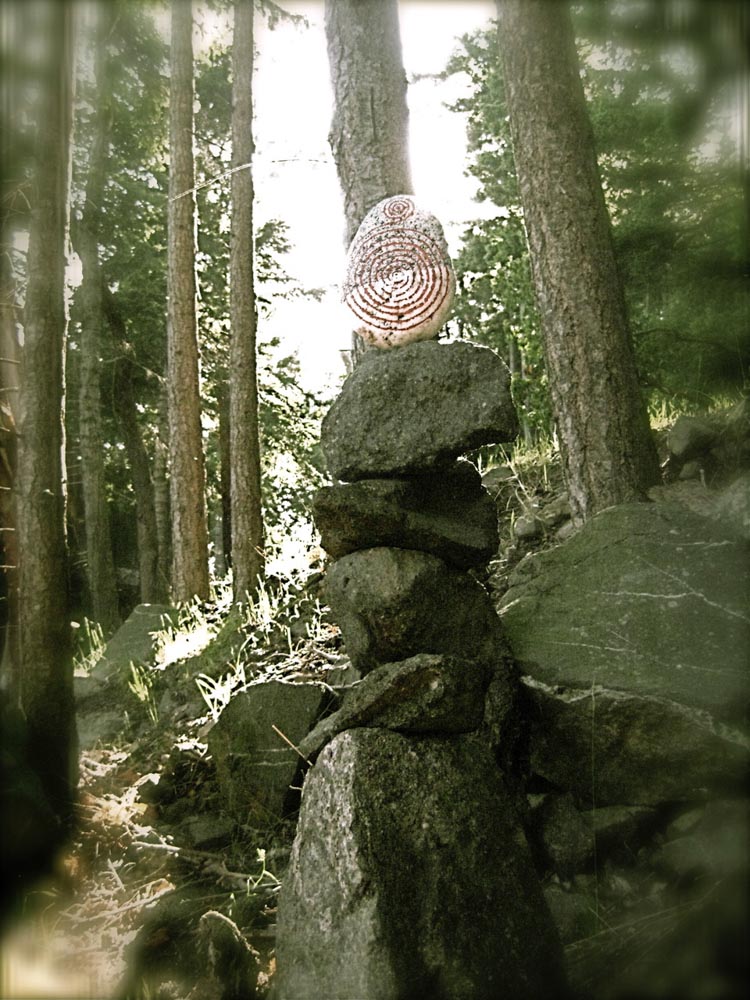
It’s a shining.
In the forest—a community, it’s a unified grove—gatherings of relationships, yet every tree, every person is different. You speak to them in their language
and they will listen, and speak back to you,
in their language.
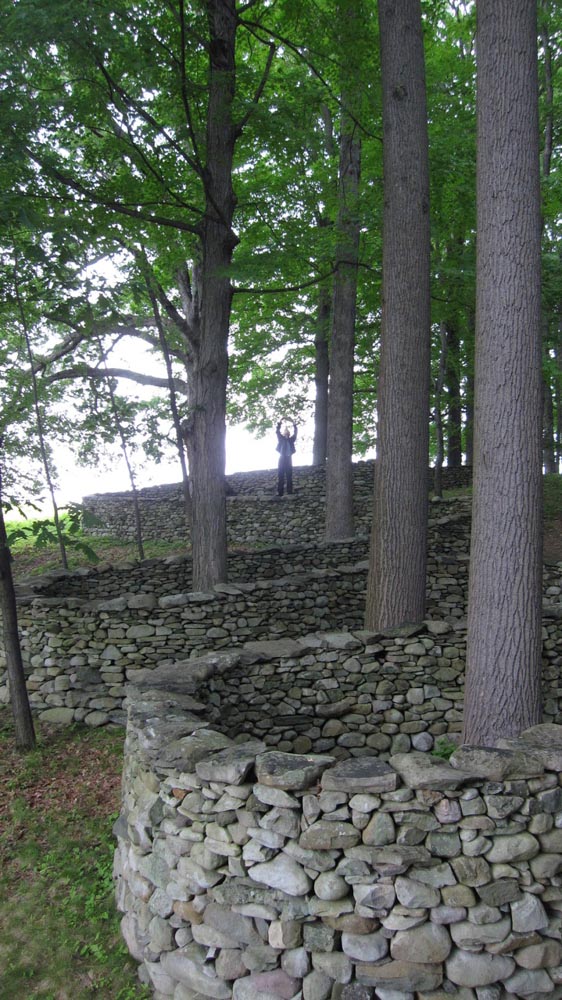
A path-making: striding the forest,
thinking about
this breathing,
this sharing—this grove of trees,
and the differences of
each—in their
storytelling.
And the people that I talk to—they’re a grove,
they are distinct individuals, yet they are part of a stand.
H U M A N I T Y.
There is Time.
There are Lessons.
And there is what could be Learned.
Tim Girvin | Dendrophile
GIRVIN+OSEANSTUDIOS
…..
